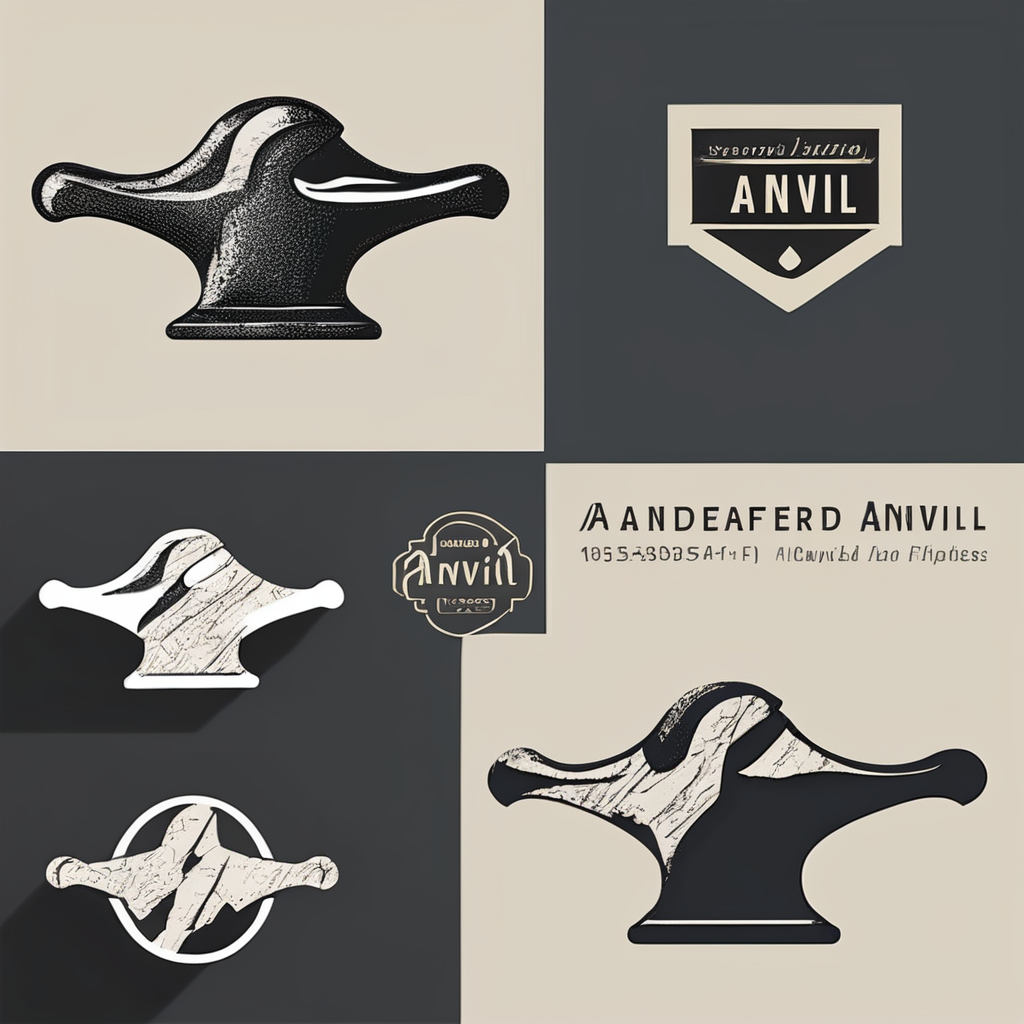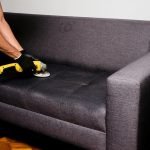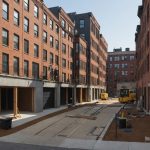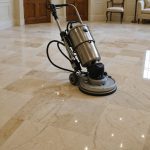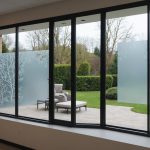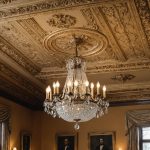Monocouche render offers a durable, pre-coloured finish that enhances your home’s exterior while eliminating the need for painting. Combining protection and style, it suits various masonry types and comes with a 10-year warranty. Discover how this advanced system streamlines installation, provides lasting aesthetics, and improves your property’s value with minimal maintenance requirements.
Essential facts about monocouche render: definition, key benefits, and comparison with alternatives
The monocouche render system uses a single-coat, through-coloured formula applied directly to masonry, such as brick, blockwork or concrete. Composed of cement, lime, and pigments, it is mixed with water into a workable paste and applied in two passes that blend into a robust layer. This process makes installation faster and tidier compared to the multi-step sand and cement method. Once set, the render resists weathering, is breathable (preventing damp beneath the surface), and is available in a wide spectrum of popular shades.
Also to see : Are There Innovative Approaches to Improve Productivity in UK Home Offices?
Key benefits include:
- Durability: Lifespans stretch up to 25 years, with minimal risk of cracking or fading.
- Low maintenance: The surface never needs painting—simply clean as needed.
- Design flexibility: Choose between scraped, float, or roughcast finishes to match your property’s style.
In direct comparison with traditional sand and cement, monocouche is easier to apply, quicker to cure, and offers enhanced breathability and colour options. Against silicone renders, monocouche remains competitive on cost and finish, though silicone suits a broader range of substrates like render boards and insulation. For properties where time and lasting vibrancy matter, monocouche sets a modern benchmark.
Also to see : Driveway installation purley: expert paving solutions for your home
Application, maintenance, and cost guidance for monocouche render systems
Professional and DIY application steps, tools, and techniques
Apply monocouche render to a clean, stable surface in two passes, blending for a single layer; recommended thickness is typically 15-18mm for exterior walls. Smooth with dedicated floats and trowels, and use a suitable scratcher tool for textured finishes. For best results, mix dry powder with water as specified by the manufacturer, ensuring consistency. A hand or spray machine can be used, depending on coverage needs and project size. Onsite professionals often use margin trowels, plastering hawks, and repair kits to maintain a continuous and even coat across substrates like brick, block, or concrete.
Maintenance, cleaning, and repair advice for long-term performance
Keep monocouche render looking fresh by gently brushing away dirt with soft-bristle brushes and washing with clean water. Moderate low-pressure washing is safe, but harsh chemicals and abrasive cleaners may damage the finish. For minor render repairs, fill cracks using matching render; for more visible damage, seek professional advice to maintain aesthetic integrity. Annual checks help, especially after storms or seasonal changes.
Pricing details: typical costs, value factors, and methods for cost estimation
Monocouche render costs per m² in the UK usually range from £40 to £70, influenced by factors like substrate condition, colour choice, and scale. One-coat systems reduce labour time, increasing value. For accurate budgeting, measure wall areas and consult supplier calculators, factoring in thickness and chosen finish. Bulk purchasing or working with specialist teams may unlock additional cost savings.
Colour and finish choices, substrate compatibility, and UK market insights
Range of colour options, finishes, and how to preview or select
Precision: Monocouche render provides a broad palette of through-coloured finishes, removing the need for post-application painting. Leading choices include whites, creams, greys, and warm neutrals. Many suppliers feature a monocouche render colours chart for comparing tones such as Pearl Grey, chalk white, or ivory. It’s possible to explore these shades using a digital colour simulator tool, enabling tailored selection by previewing potential matches for the property’s style. Surface textures include scraped, floated, and roughcast—each producing a distinct aesthetic.
Suitable surfaces: new builds, refurbishments, unique substrate compatibility
Monocouche render adheres to various substrates—blockwork, brickwork, stone, concrete, and stable masonry. Its flexibility allows use in both new builds and refurbishment projects. Some monocouche systems, including Licata’s, extend compatibility to insulated render boards or forms like EPS and mineral wool, supporting energy efficiency improvements on both old and modern buildings.
Overview of notable brands, UK market providers, and standout project examples
UK providers offer full technical support from specification to installation. Notable projects—such as transformations of Oxfordshire manor houses—illustrate monocouche’s adaptability and enduring finish. The market features major manufacturers that back their systems with long warranties and hands-on project management, contributing to strong reliability and visual appeal.
